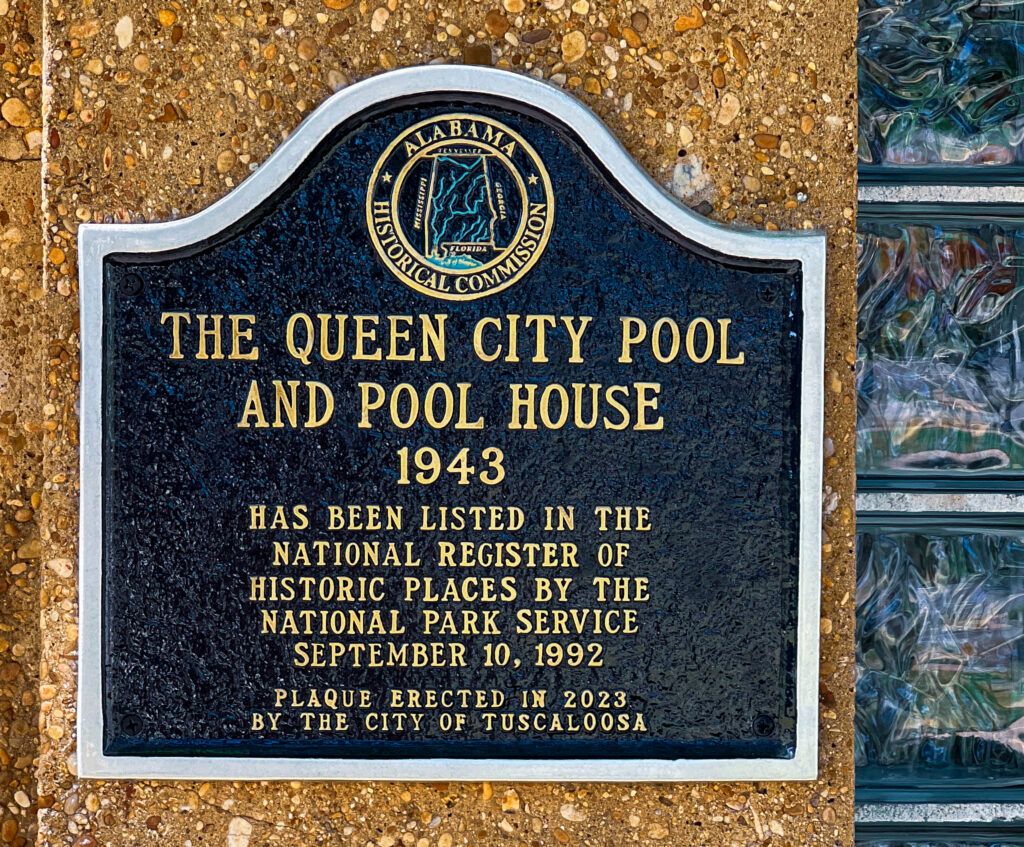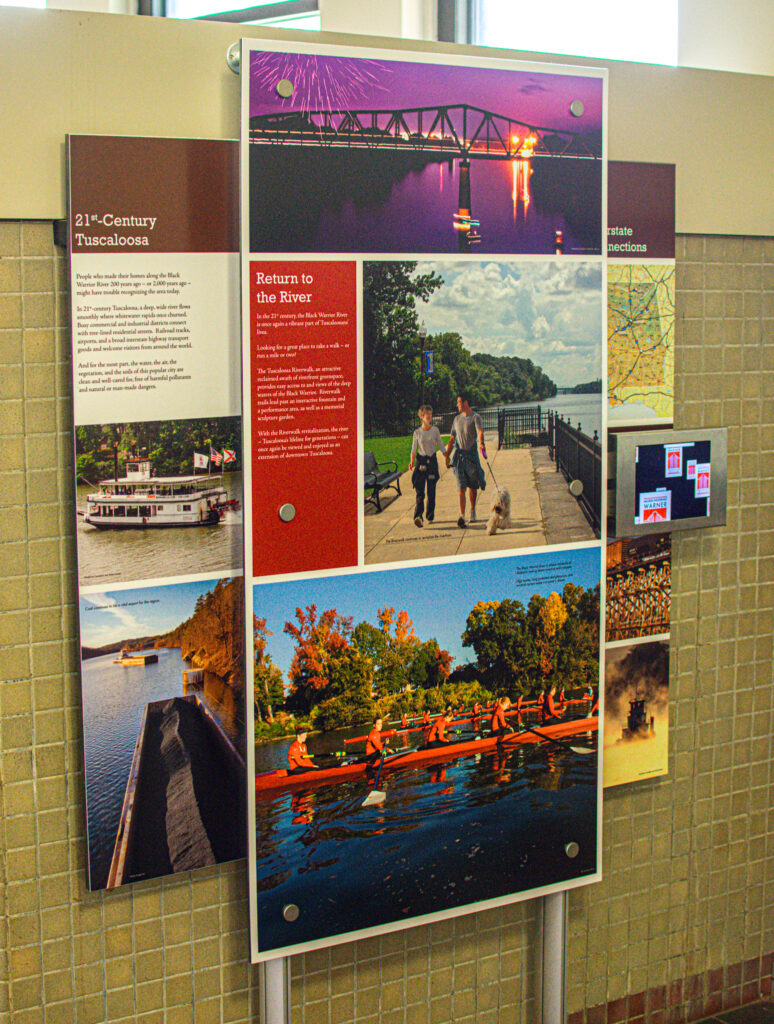
Effective July 1, 2024, our Mildred Westervelt Warner Transportation Museum will close to the public following recently announced changes to the facility where we are housed. Thank you to our visitors and the community for your support over the last 13 years.
Since its founding on December 13, 2011, the Museum has always strived to uphold its mission to broaden the knowledge of transportation related topics that gave rise to the City of Tuscaloosa’s development and human culture through exhibits and quality programs of research, instruction, and service. The Museum’s exhibits traced the city’s history through the development of its transportation systems and included custom temporary exhibitions on topics relevant to the Tuscaloosa area.
“I am proud of the tireless effort and dedication by the Museum staff to achieve all that the Museum did over the years. It has been an honor to work in this space to educate the community on the vast and varied history of Tuscaloosa, and it will be greatly missed.
We invite everyone to visit the various other museums at The University of Alabama.”
– Katherine Edge, Director of the Warner Transportation Museum

Housed in the historic Queen City Bath House, the building is listed on the National Register of Historic Places and was designed and constructed by Don Buel Schuyler, an apprentice of Frank Lloyd Wright. Construction began in 1941 and was completed in 1943. The pool and the pool house were built for the Tuscaloosa community with support from the David Warner Foundation, established by the Warner family after they tragically lost their eldest son David in a swimming accident. The community used the pool and the pool house until 1989. The building then remained vacant for several years.

In 2005, it was announced that the bathhouse would be converted into a local history museum. This became possible after the Alabama Department of Transportation awarded the city a grant to convert the facility into a museum illustrating the history of transportation in Tuscaloosa. The renovation was designed by the Eclectic Group, Inc. of Huntsville and Ward Scott Veron Architects of Tuscaloosa (now Ward Scott Morris Architecture, Inc.). The pool was filled in during the renovation. The University of Alabama Museums began management of the Museum in 2015.
Over the course of the Transportation Museum’s tenure in the community since becoming part of UA Museums, 31 exhibitions were presented to increase the educational outreach for the community at large. Topics included a review of the architecture of Don Buel Schuyler, the centennial of WWI, a two-part series during the Tuscaloosa Bicentennial, Bama Bugs, the Bicentennial Quilt, early 20th century Tuscaloosa through women’s fashion, contemporary Muscogee Native American artist Mary Smith, Civil Rights, transcontinental railroading and railroad photography, Southern Queer History, and raising awareness about sexual assault. Collaborations for these exhibitions and associated programming were developed with the Birmingham Civil Rights Institute, the Center for Railroad Photography & Art (Madison, WI), The Missouri Historical Society, the Selvage Collective, FLOW Tuscaloosa, the Tuscaloosa Public Library, Turning Point Domestic Violence and Sexual Assault Services, and countless departments within The University of Alabama.
Under the leadership of UA Museums, the Museum saw visitation and activity on the grounds totaling almost 22,000 attendees. The Museum announced its planned closure effective July 1, 2024.